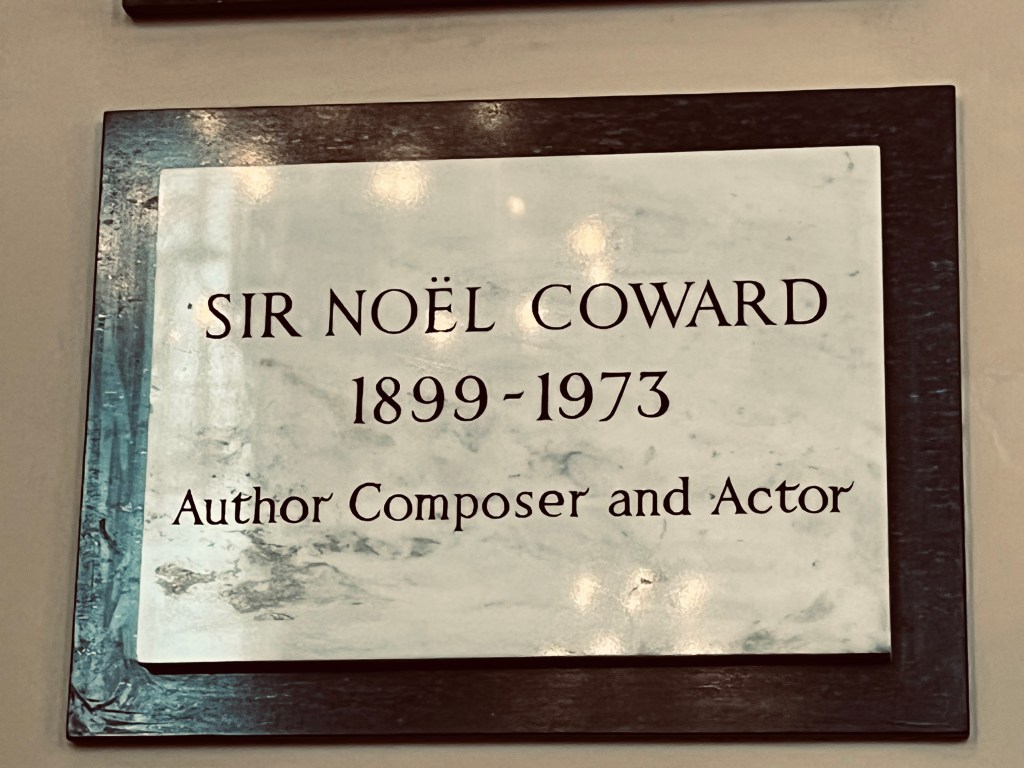
One of our favourite places to spend time when in London is Covent Garden. This time around we got the exciting opportunity to stay in a red brick townhouse hotel on the grounds of the world famous St. Paul’s Church, known for hundreds of years as ‘The Actors’ Church.
The design and construction of 17th Century St. Paul’s Church
Designed by Inigo Jones, the Smithfield born architect brought his knowledge of Italian and Renaissance architecture and his passion for symmetrical design to the site. He was hired by the 4th Earl of Beresford, Francis Russell. Russell had already laid down the cobbled streets and Piazza that are so familiar to us today, however the Earl wanted a church to finish what was essentially the first formal London Square.
Construction was finished in 1633 and St. Paul’s Church has been at the heart of Covent Garden ever since. What about the great neo-classical portico that faces directly onto the piazza with its grand pillars – the place where Professor Higgins first met Eliza Doolittle in “My Fair Lady?”

Well a rather crestfallen Inigo had built the fine church entrance without consideration of Christian tradition. His east entrance would have the altar to the west – and that simply wouldn’t do. So his three doors were blocked up, never to be used and a new west entrance was created. Despite its faux façade, the grand portico remains one of the most iconic features of Covent Garden.
Burials, Bodies and the Great Plague

As we walked in the gardens and over paving, with flowers in bloom, it was hard to imagine the bodies that had been buried beneath our footsteps. In fact burials continued here until 1850, at which point the headstones were taken away, as many corpses as possible re-interred outside the city centre and the gardens landscaped.
An Act of Parliament forbade all burials in central London. With so many Londoners having died from disease and being buried in such close confines to the hugely populated capital, the law was passed in 1852, the markers of the buried replaced with stone, plants and time itself.
While the majority of remains were dug up, it was impossible to pin point them all. One of those buried in the grounds of St. Paul’s Church was the first fatality of the Great Plague within the city of London, Margaret Porteous who died 12th April 1665.
In 1795, a large fire engulfed the house of worship, however miraculously the main pulpit and the records of the parish survived. It was sympathetically restored to the original design soon after, using the orginal plans drawn up by Inigo Jones, bringing us to the structure and décor of the present day.

The Actors’ Church

So why ‘The Actors’ Church?’ Well simply put, dating back to the 17th Century, the theatres from Drury Lane and Covent Garden itself all fell directly within the parish boundaries of St. Paul’s.
Famous diarist Samuel Pepys noted in his journal that a puppet show that he called “The Italian Puppet Play” took place beneath the Portico of St Paul’s and so it was recorded in his diary that England’s first Punch and Judy Show took place on 9th May 1662.
Inside the Church, the walls are covered with memorial plaques to some of the famous actors who frequented the building both in prayer and performance. From Noel Coward and Margaret Rutherford to Peter O’Toole and Charlie Chaplin, Sir Ian Holm, Sir Michael Redgrave and Boris Karloff, to name just a few.
The Actors’ Church has an air of etherealness, an eerie calm in the bustling piazza. As we left, a performance of A Midsummer Night’s Dream was being prepared for, a perfect summer day for the performance.
It seems strange that a House of Worship would be used as much to idolise actors and artists as much as God himself, however it remains the heart of Covent Garden, the soul undoubtedly belonging to one of the actors not wanting to accept the curtain falling on their final act.


